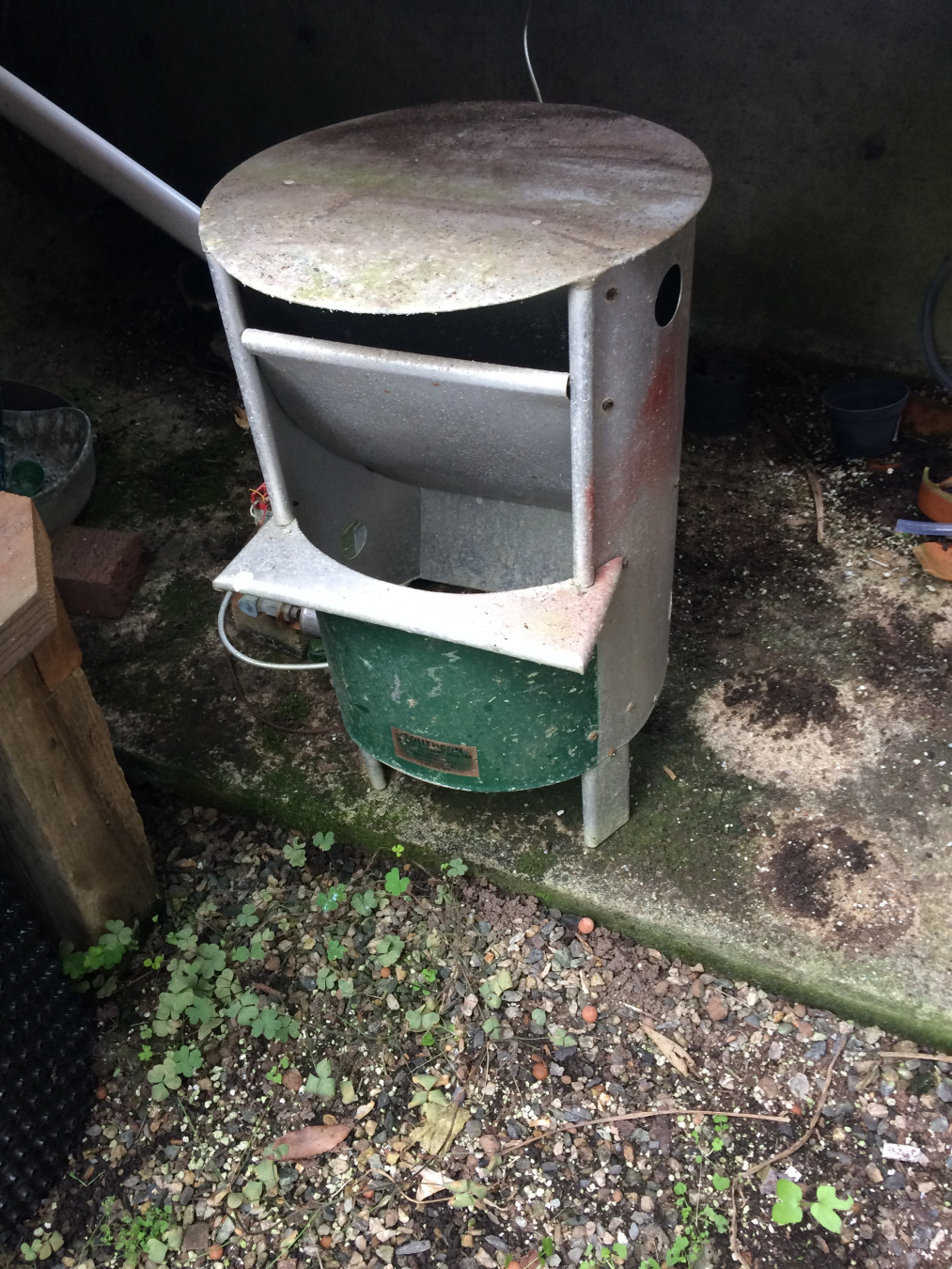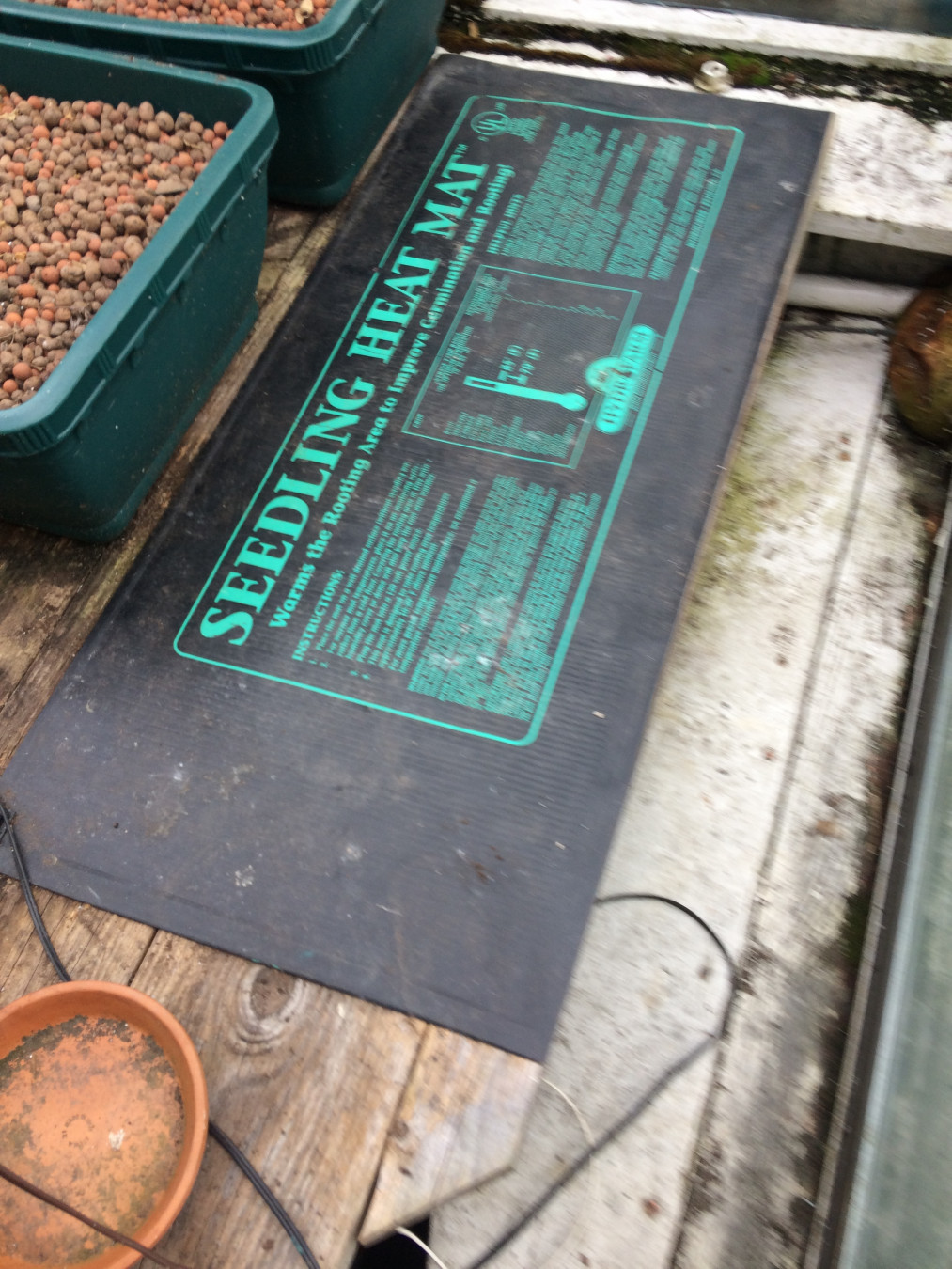
Having decided on the power source you want to use to heat your greenhouse (see my Greenhouse Heating, Part 1 article), you still have another major decision to make: What heating unit are you going to buy? The options are often numerous and not easy to narrow down. Here are some factors to consider as well as some possible choices, organized by power source.
Electric Heater Options
There are a great many electric space heaters on the market, quite a few of them inexpensive to buy. All, however, are fairly expensive to run. On the plus side, these units have the advantage of coming with a fan that keeps the air circulating. This is important in a greenhouse to maintain a uniform temperature throughout, to reduce the likelihood of humidity-related problems, and to enhance the distribution of carbon dioxide across the plants’ leaves, which is needed for photosynthesis. But remember that your plants require water, and water and electricity don’t mix, so be careful not to get these units wet. Infrared electric heaters are also available, although I’ve never tried one in my greenhouse.
Another electrical option for a greenhouse is radiant heat under the floor. This heat is provided by a network of wires, often in the form of heating mats placed on top of a layer of insulation. You can also purchase propagation mats to go on top of a workbench to provide locally heated areas to propagate or germinate plants.
If the greenhouse is to have a concrete floor, you could consider an underground network of pipes through which a boiler runs hot water. In this case, the boiler is typically powered not by electricity but rather by oil, propane, natural gas, or even some kind of biomass. Such a system is easiest to install when the greenhouse is being built.

Fossil-Fuel-Burning Units
When buying a heating unit that runs on a fossil fuel, you need to choose between vented or unvented options. An unvented unit puts combustion residues into the greenhouse, which makes the heater appear more efficient. But these residues can contain unburned butane, methane, and other gases that can negatively affect both humans and plants, especially orchids. So it’s best to use a vented heater that releases these exhaust gases outdoors.
Even with a vented system, some people are still uneasy about using a fossil fuel to heat their greenhouse. One thing that worries them is the possibility of fire. To allay this concern, you need to make sure that the heater is safely positioned away from flammable objects and that the fuel it’s burning isn’t leaking. Another worry regarding fossil-fuel heaters is the possible buildup of carbon monoxide (CO). Carbon monoxide is heavier than air and is an odorless, potentially poisonous gas that can form and accumulate when fossil fuel combustion is incomplete because of insufficient oxygen being present. This, of course, is an important concern, but much depends on whether the heater is properly adjusted for an “ideal burn.” It can also help put your mind at rest if the heater comes equipped with an oxygen-depletion sensor that will turn the unit off when needed. With any fossil fuel burning unit, install a carbon monoxide sensor in the greenhouse for your own safety.
Propane or Natural Gas Options
For many years I used a small Southern Burner propane heater in my greenhouse. It did the job perfectly, although I did have some concerns about the open flame because my greenhouse is attached to my studio. Unfortunately, this particular propane heater no longer seems to be an option because the company closed in March of this year.
Modine makes heaters that run on either propane or natural gas, with conversion kits for switching between these fuels. However, Modine units have high heat outputs, which might be too much given the size of the typical home greenhouse unless you’re growing very heat-loving tropical plants. The lowest output I could find was 24,000 BTUs, ranging up to 60,000. For most small greenhouses, this is much too high an output. In addition, these heaters require electricity to operate.
Similarly, Sterling heaters can be easily converted between natural gas and propane. But they, too, have a high heat output, with the lowest being 24,000 BTUs, ranging up to 400,000. Sterling heaters also require electricity to operate.
Gas-Only Units

A lower heat output can be obtained from a Williams Direct-Vent natural gas furnace, with the lowest being 14,000 BTUs. As the name indicates, these heaters vent exhaust gases outside, which is especially good for orchid growers. The air needed for combustion is drawn in from outdoors, so the sealed-off interior flame requires no contact at all with the air inside the greenhouse. These units also don’t require electricity, and the smaller ones don’t take up much space. A blower can easily be added to circulate the greenhouse air.
Kerosene Heaters
You can buy a kerosene heater from many hardware stores, but they tend to put a significant amount of water vapor into the air as a byproduct of combustion, and they can also use up much of the oxygen in your greenhouse if they’re not burning efficiently. In my opinion, they’re best employed as a temporary backup unit and operated with great care. If you have one, it’s a good idea to install both a smoke detector and a CO detector in your greenhouse.
Also, be sure not to water any of these units! They will not grow bigger!


